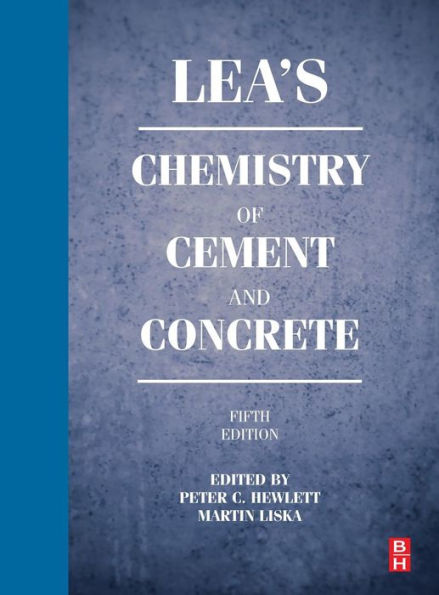5
1
9780081007730



Lea's Chemistry of Cement and Concrete / Edition 5 available in Hardcover, eBook

Lea's Chemistry of Cement and Concrete / Edition 5
- ISBN-10:
- 0081007736
- ISBN-13:
- 9780081007730
- Pub. Date:
- 03/08/2019
- Publisher:
- Elsevier Science
- ISBN-10:
- 0081007736
- ISBN-13:
- 9780081007730
- Pub. Date:
- 03/08/2019
- Publisher:
- Elsevier Science

Lea's Chemistry of Cement and Concrete / Edition 5
$250.0
Current price is , Original price is $250.0. You
250.0
In Stock

Product Details
| ISBN-13: | 9780081007730 |
|---|---|
| Publisher: | Elsevier Science |
| Publication date: | 03/08/2019 |
| Edition description: | Reprint |
| Pages: | 896 |
| Product dimensions: | 8.50(w) x 10.88(h) x (d) |
About the Author
What People are Saying About This
From the B&N Reads Blog
